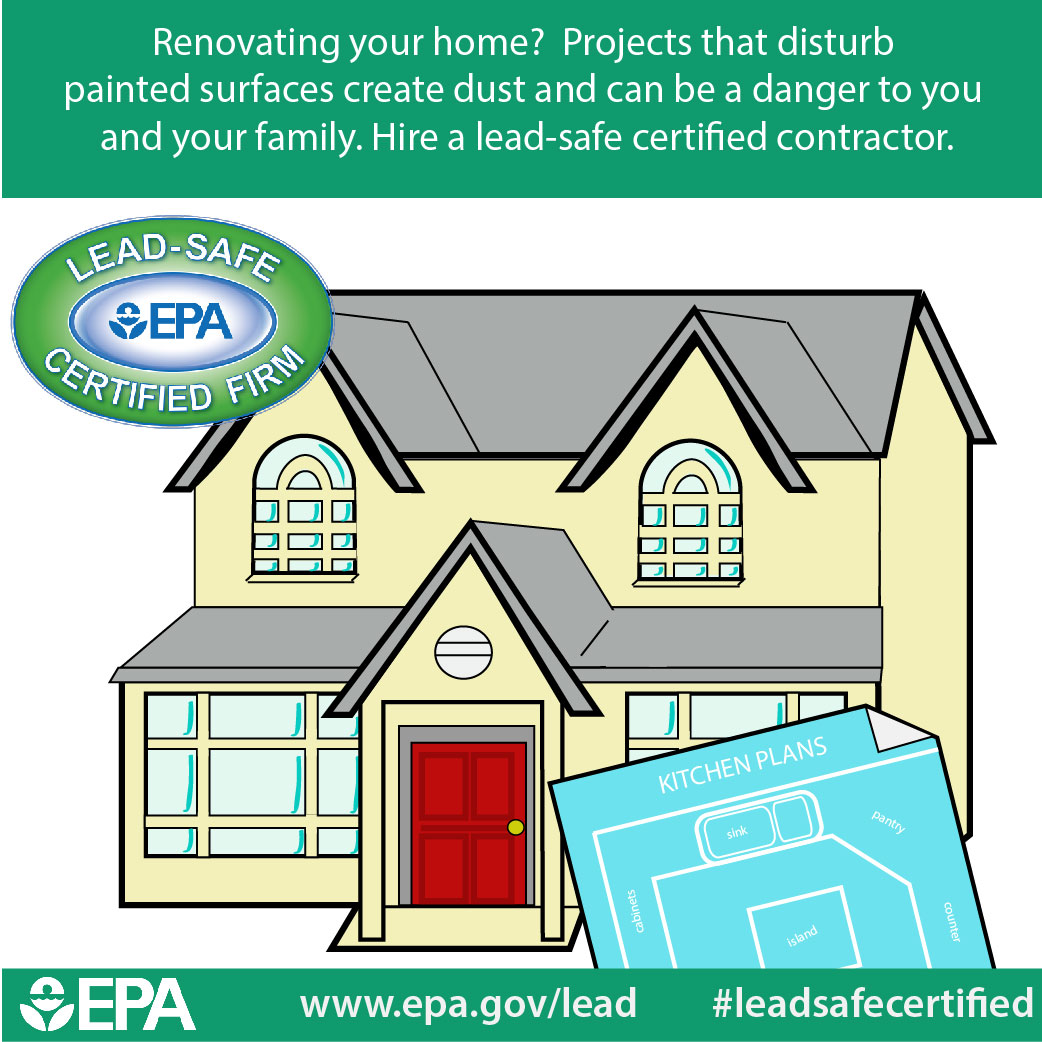Comprehending The Process Of An Industrial Painting Task
Comprehending The Process Of An Industrial Painting Task
Blog Article
Write-Up By-Roman Whittaker
When you're considering an industrial paint job, you may question what the process requires. You'll start with a preliminary assessment to clarify your vision, timelines, and budget plan. From there, the prep work phase begins, where the space is established for work, ensuring minimal disturbance. As the paint begins, you can expect a focus on high quality and detail that fulfills your requirements. Yet what occurs after the last stroke of paint? The final actions can considerably impact your total satisfaction, and it's important to recognize what to keep an eye out for.
Preliminary Assessment Refine
Throughout the preliminary examination procedure, your professional will assist you with a series of necessary conversations to understand your vision for the commercial paint work.
You'll start by sharing your concepts and preferences pertaining to shades, coatings, and the total visual you intend to attain. This is your chance to share your brand's character with your area, so don't hold back.
Next off, your specialist will certainly assess the current problem of the surfaces to be repainted. They'll ask about any kind of specific problems you could have, such as peeling paint, wetness problems, or areas that need unique attention.
By identifying these aspects early, you can avoid unpleasant surprises later.
8 ball painting of this assessment is discussing timelines and spending plan. Your specialist will certainly provide insights on the length of time the task may take and offer choices that fit your financial strategy.
interior painting room may likewise recommend the very best times to arrange the job to reduce disruption to your organization.
Lastly, you'll win a more clear understanding of the procedure in advance, ensuring that both you and your service provider are straightened.
This initial assessment lays the groundwork for a successful commercial painting experience.
Prep work and Configuration
After the initial assessment, preparation and arrangement become the following crucial steps in your commercial paint job. This phase makes certain that your room is ready for the makeover ahead.
First, the painting staff will certainly arrive to examine the area and collect the needed tools and products. They'll likely start by moving furnishings, covering surface areas with ground cloth, and taping sides to produce tidy lines.
Next, they'll check the wall surfaces for any type of damage, such as splits or peeling paint. If needed, they'll execute repair work to make certain a smooth surface area for painting. It's vital that you communicate any kind of details worries throughout this moment, as it'll help them address issues effectively.
Cleaning the surface areas is likewise part of the arrangement process. Your crew will certainly wash the wall surfaces to eliminate dirt or grease, which can influence paint adhesion. Depending upon the work, they might additionally apply a primer to enhance shade vibrancy and toughness.
Lastly, once whatever's prepped, you'll discuss the schedule and timeline with the group. This quality helps make sure that the paint process runs smoothly which you understand any kind of potential disturbances to your regimen.
Final Evaluation and Touch-Ups
As soon as the paint is total, the last inspection and touch-ups are necessary steps that ensure your commercial area looks its best.
During this stage, you'll walk through the location with the painting team, analyzing every wall surface, ceiling, and trim. This is your chance to detect any kind of imperfections like drips, uneven insurance coverage, or missed out on spots.
As you examine, don't wait to voice your problems. The group exists to address any problems, making certain every little thing fulfills your assumptions. They'll bear in mind and return to make necessary improvements.
Focus on the information; little touch-ups can make a significant distinction in the total appearance.
After the first inspection, the group will do their touch-ups, using the same paint and techniques to keep uniformity.
Once they complete, you'll want to do a last walk-through to validate whatever looks flawless.
Conclusion
Finally, when you start a commercial paint work, you can anticipate a smooth experience from start to finish. The first assessment assists you express your vision, while the preparation makes certain whatever's ready for a flawless application. Once the painting's done, the last inspection and touch-ups leave your room looking excellent. By staying involved throughout the process, you'll not just achieve sensational outcomes yet also obtain important understandings for future maintenance. Appreciate your refreshed atmosphere!
